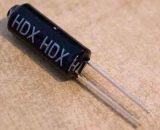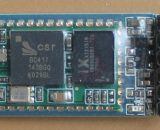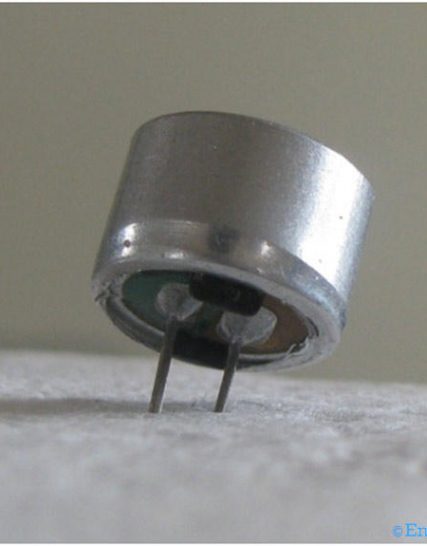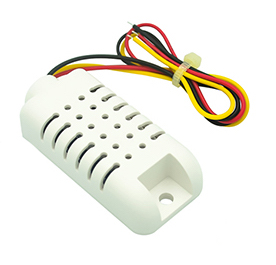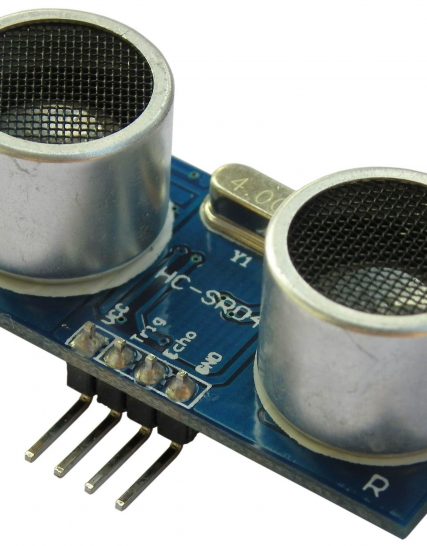- You have no items in your shopping cart
- Subtotal: ₦0.00
Flame sensor
₦950.00
A flame sensor is an infrared (IR) detector used to detect the presence of flame or fire. It is typically used in fire detection and safety systems to provide early warning and activate safety measures. The sensor is sensitive to IR light emitted by flames and can be used in various applications, including security systems, fire-fighting robots, and automatic fire alarm systems.
Key Features:
- Detects infrared light emitted by flames
- High sensitivity and fast response time
- Analog and digital output signals
- Adjustable sensitivity via potentiometer
- Compact and easy to integrate into various systems
- Onboard indicator LED for detection status
Technical Specifications:
- Detection Range: Up to 100cm (varies by model and flame size)
- Wavelength Range: 760nm to 1100nm (IR spectrum)
- Operating Voltage: 3.3V to 5V
- Output Type: Digital (DO) and Analog (AO)
- Response Time: Typically less than 100ms
- Dimensions: Typically around 32mm x 14mm x 8mm (varies by manufacturer)
- Operating Temperature Range: -25°C to +85°C
Applications:
- Fire detection systems
- Security and alarm systems
- Fire-fighting robots
- Industrial safety systems
- Household safety devices
- DIY electronics projects
Usage:
- Connect the flame sensor to your microcontroller or development board, ensuring proper connection of the power supply (VCC, GND) and the output pins (DO, AO).
- Use the digital output (DO) to detect the presence of flame with a simple HIGH/LOW signal.
- Use the analog output (AO) to get a proportional value indicating the intensity of the detected flame.
- Adjust the sensitivity of the sensor using the onboard potentiometer if necessary.
- Implement code to monitor the sensor outputs and trigger appropriate actions or alarms when a flame is detected.
Caution:
- Ensure the sensor is correctly oriented and positioned to detect the flame source accurately.
- Avoid exposing the sensor to direct sunlight or strong artificial light to prevent false detections.
- Handle the sensor carefully to avoid damage to the sensitive IR components.
Datasheet:
For detailed technical specifications, refer to the specific product datasheet provided by the manufacturer.
In stock
Additional Information
| Weight | 0.004 kg |
|---|

